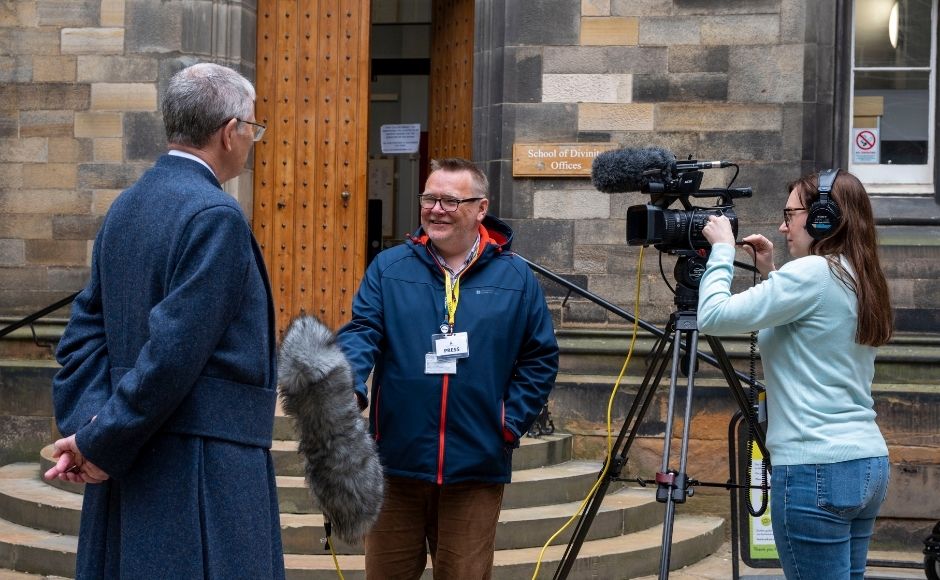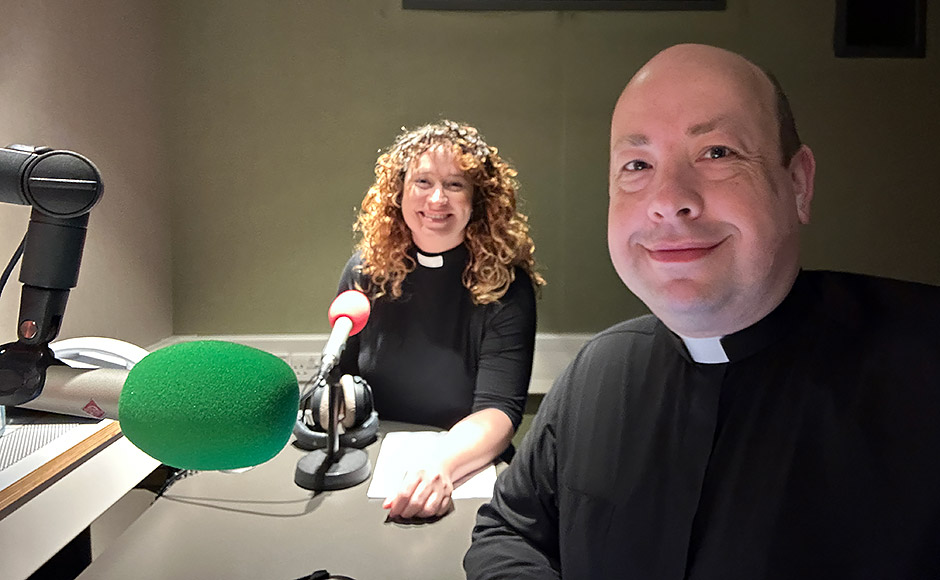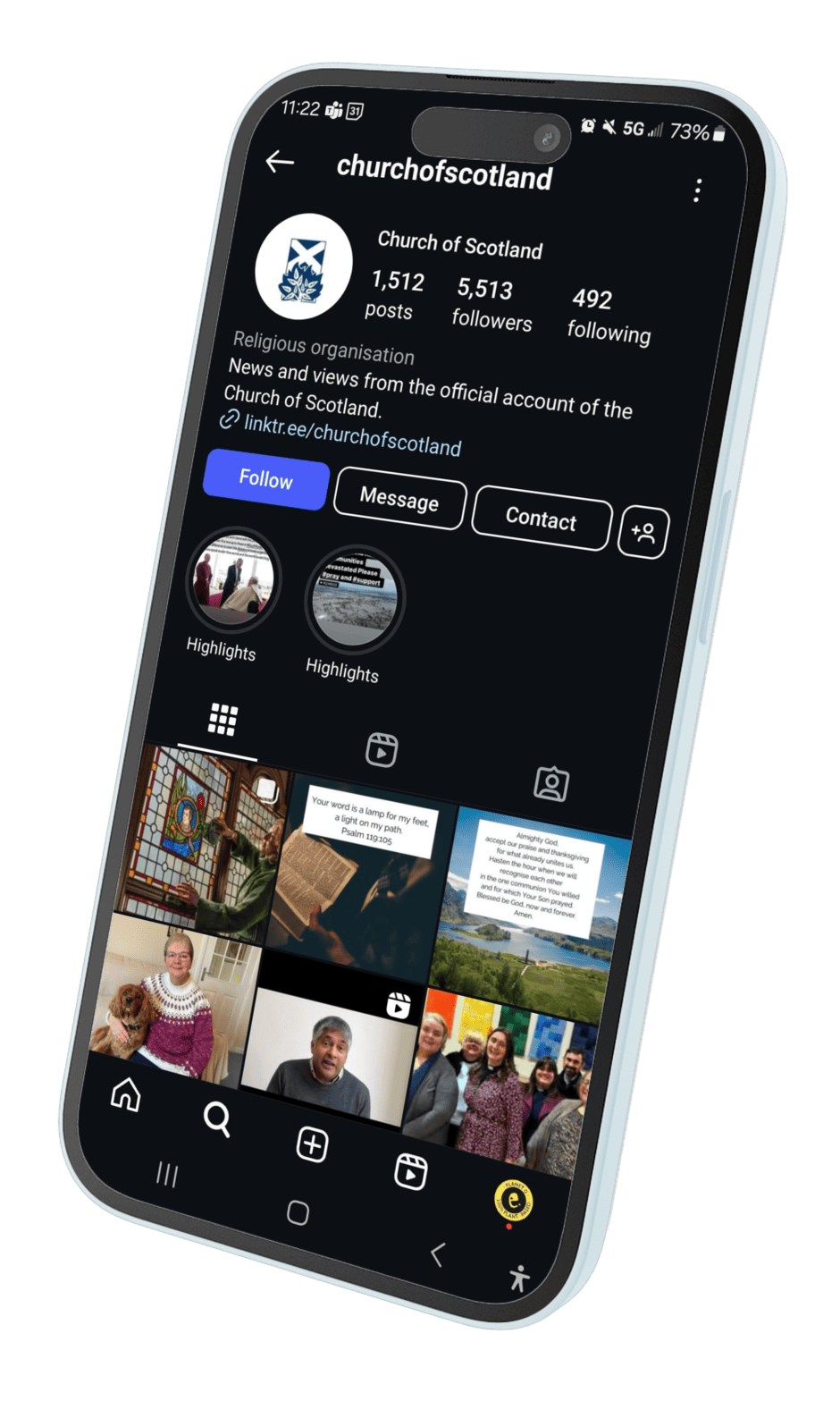Communication resources
The Department delivers professional guidance and advice to support people across the Church with media relations and communications activities of all kinds. We provide information about the Church, its contributions to society and our faith in action.

Our responsibilities include:
- working with broadcast, print and online media to publicise the Church's mission
- advising and supporting Church leaders, presbyteries, ministers, office holders and employees with communications and media-related matters
- managing the Church of Scotland website and social media
- promoting best practice in communications across the Church
- developing innovative approaches to telling the story of Church's activities and people
- co-ordinating communications between the Church and a wide range of external bodies
- protecting the Church of Scotland's reputation, brand and visual identity.
How to work with the media

Learn the key steps to preparing a news release and how to approach working with your local media to share news about your church and congregation. Our 'Working with the media' page will also explain how to deal with reporters when they call for an interview and how to prepare for these types of enquiries.
Top Tips for Photography
A good photo can make or break a story. Learn how to take photos like an expert and follow Safeguarding requirements with: Top Tips for Photography: an introduction to best practice when taking photographs.
If you would like further advice on photography please contact the Communications Department.
Presbytery and Church website checklist
Created for Presbyteries and churches the ‘Presbytery and Church website checklist' will answer questions you may have, whether you want to build a new website from scratch or improve your current website. You'll also learn how to ensure your website complies with privacy regulations and how to retire a website that is no longer needed.
Social media

Social media is a great way to build a sense of community and help people stay up to date with news. Read our ‘Guidelines for churches using social media' for more information on creating and maintaining accounts on Facebook, Twitter, and Instagram. Civility and respect is the key to presenting the Church as a force for good and a welcoming place for everyone. Our guide ‘Connecting with the Church on social media' lays out some guidelines for maintaining a trusted presence online.
Newsletter guidance and advice
Successful newsletters have high open rates and will grow audiences and build engagement over time. When you follow best practice, your subscribers will look forward to receiving your newsletter and will hopefully act on any calls to action in your communications. Staff working on Church newsletters will find this short guide helpful for putting together a successful newsletter.
Creating accessible PDFs
Whenever a PDF is used online it must be in an accessible format. The ‘Creating accessible PDFs' guide shows you how to do this step-by-step.
Design Team
The Design team is comprised of professional designers who work within the Communications department to assist with promotion of Church of Scotland initiatives and to offer help/advice to Presbytery and local Church when requested. You can find out more about design support and how to contact the team on the Design page.
Website guidance and online style guide
Our Church of Scotland website guidance and online style guide sets out the best practice for content, images, our brand, and who is responsible for content quality on the website. It also explains how to create content that is engaging, useful, accessible and adheres to our house style regarding capitalisation, spellings and style.
Add the Church to your home page
Use this easy step-by-step guide to put the Church of Scotland website on the homepage of your Android or Apple device so it functions just like an app.
More help
If you require further advice then please get in touch with our team.